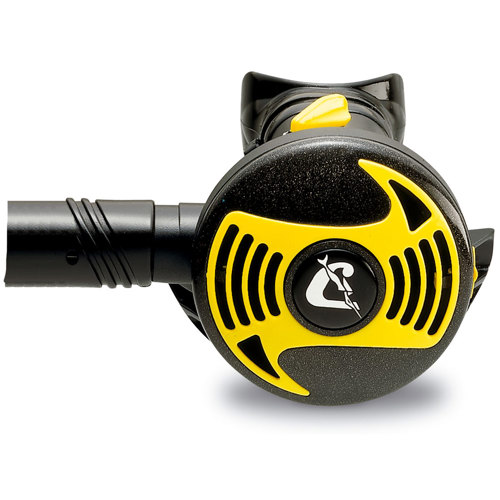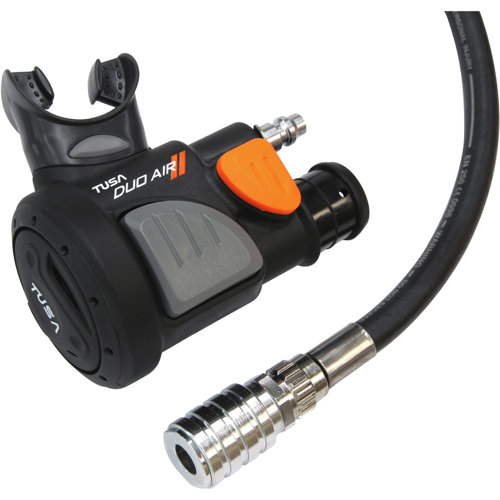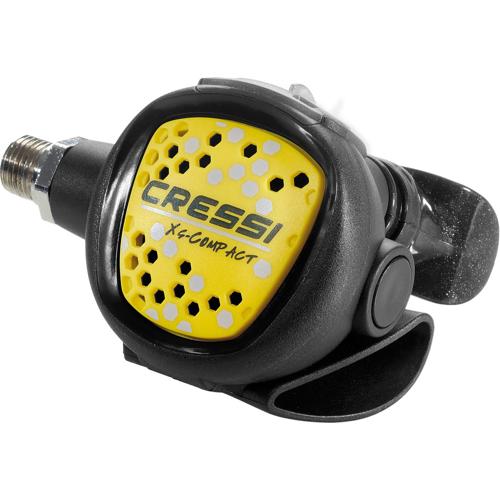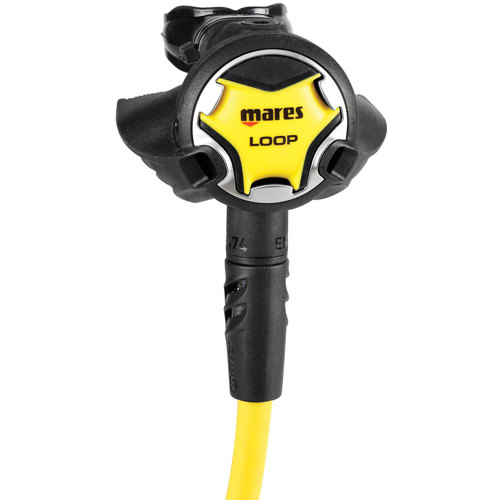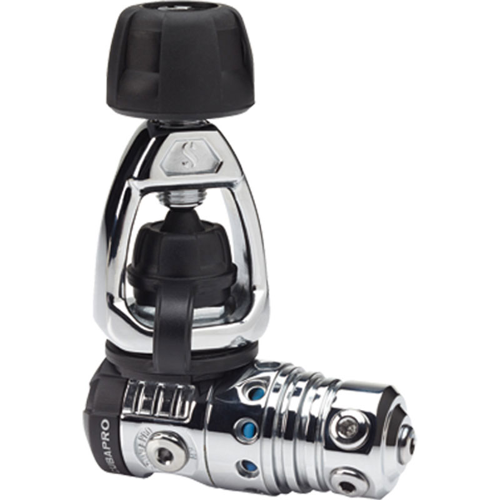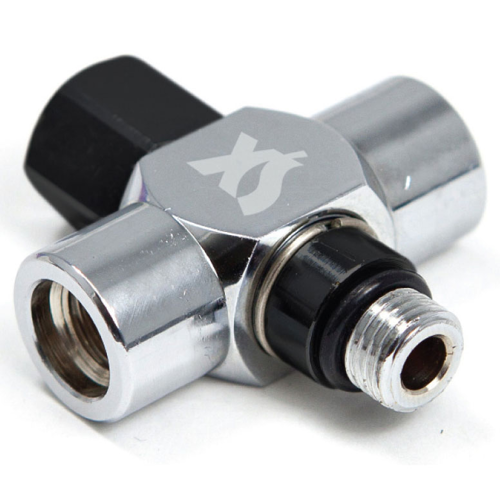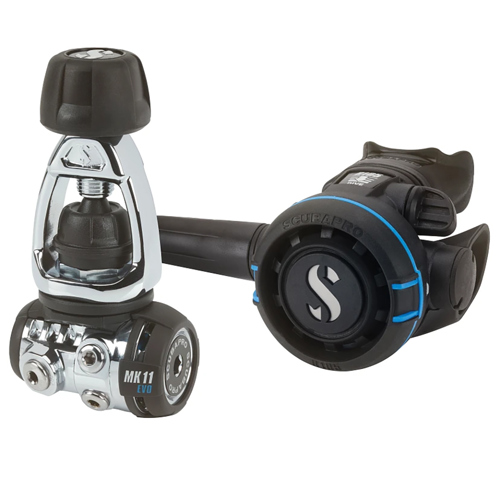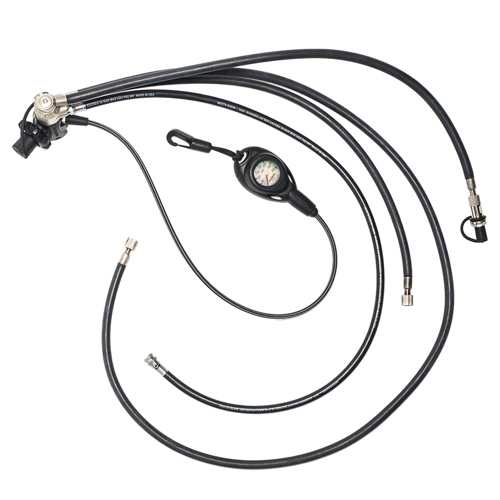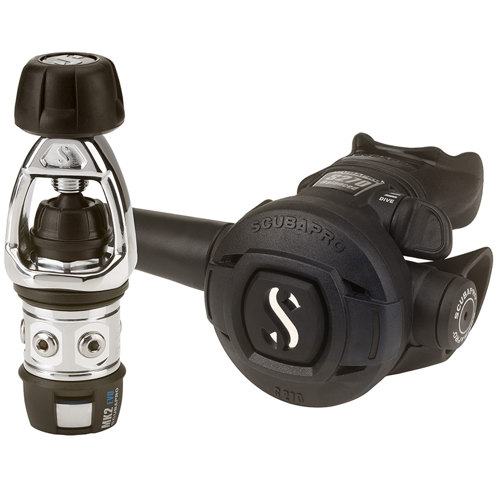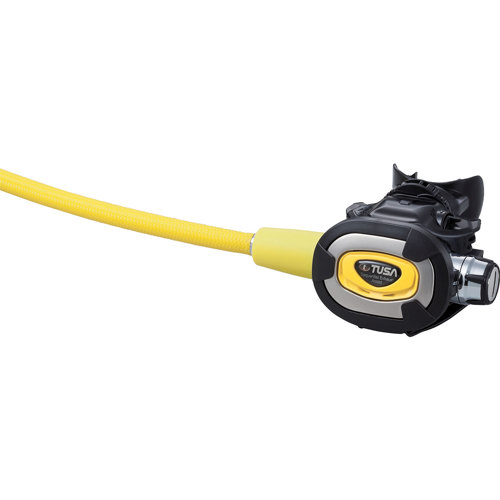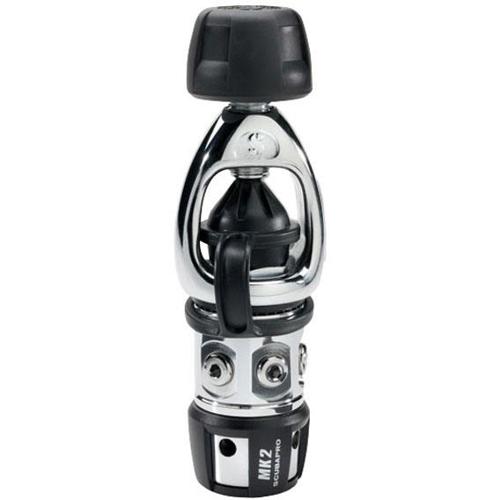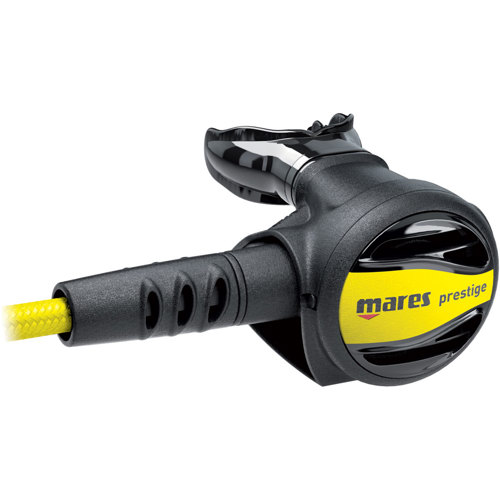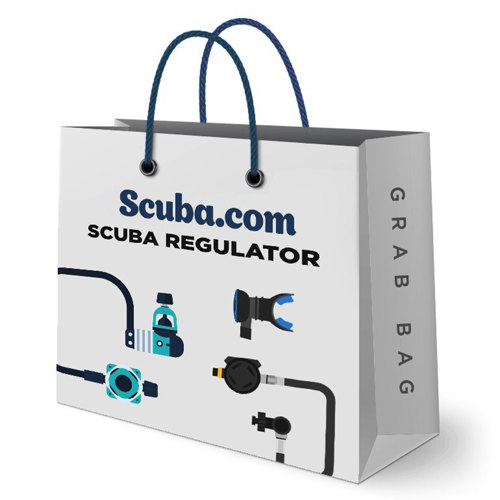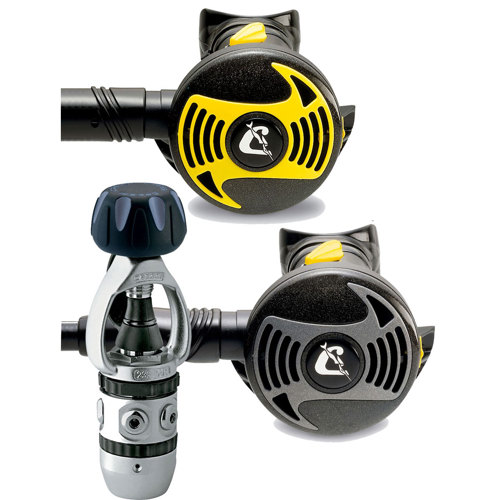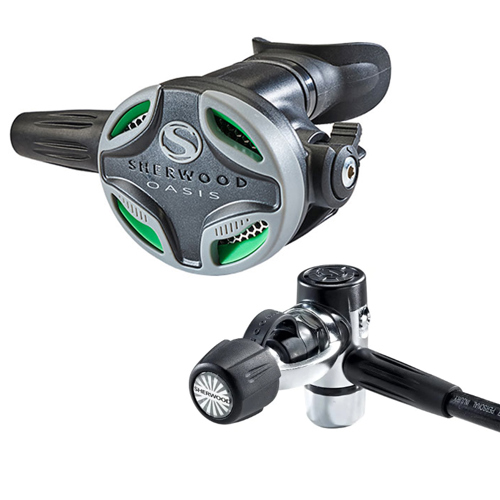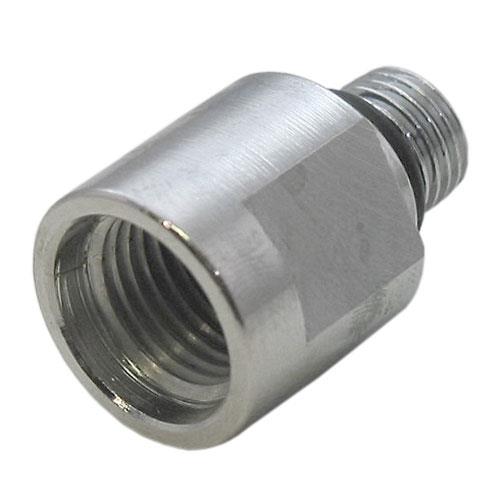Downstream Demand Regulators
Downstream demand regulators play a pivotal role in ensuring the safe and efficient operation of a wide variety of systems that rely on controlled fluid or gas pressure. Whether you’re managing the delicate balance of air supply in a scuba diving setup or regulating gas flow for industrial processes, these devices are engineered to maintain a consistent downstream pressure regardless of fluctuations in upstream supply or changing demand. As the seasons shift into autumn and water temperatures begin to cool, divers and technicians alike become more attuned to the reliability of their equipment. A dependable downstream demand regulator becomes especially crucial during this time, as it helps guarantee that every breath or operational cycle is delivered with precision, even in environments where ambient conditions can change rapidly. For scuba divers, in particular, the regulator’s ability to adjust to both the diver’s inhalation rate and the increasing pressure at depth provides peace of mind, allowing for a more immersive and enjoyable underwater experience. In industrial settings, these regulators safeguard sensitive tools and machinery, ensuring that pressure-sensitive operations remain stable and within safe parameters, no matter how variable the workload.
Choosing the right downstream demand regulator involves considering several key factors that can influence both performance and safety. One of the primary considerations is the maximum flow rate required by your downstream system. Whether you’re equipping a high-demand pneumatic tool in a workshop or setting up a gas supply for a home heating system, the regulator must be capable of delivering the necessary volume without significant pressure drop, a phenomenon known as droop. The type of regulator—direct-operated or pilot-operated—also plays a significant role in accuracy and responsiveness. Pilot-operated models are often favored in applications with large or rapidly changing flow demands due to their superior ability to maintain stable pressure. Material compatibility, ease of adjustment, and maintenance requirements are additional aspects worth evaluating, especially if the regulator will be used in harsh environments or exposed to corrosive substances. For those considering a regulator as a thoughtful gift—perhaps for a friend embarking on advanced dive training or a family member upgrading their home workshop—these practical details can make all the difference in ensuring a lasting, appreciated addition to their gear.
The versatility of downstream demand regulators extends across a spectrum of applications, from the quiet hum of a home gas appliance to the rigorous demands of a busy industrial facility. In the world of scuba diving, a well-chosen regulator can transform a routine dive into a seamless adventure, where the only thing a diver needs to focus on is the beauty of the underwater landscape. For professionals working with compressed air tools or managing gas-powered systems, the reliability of these regulators translates to fewer interruptions, greater efficiency, and enhanced safety. As you explore the range of options available, it’s helpful to review related technologies such as
Downstream Valve Regulators to better understand how different designs might suit your specific requirements. Whether you’re preparing for a new season of diving, upgrading your workshop, or searching for a practical gift, investing in a high-quality downstream demand regulator is a decision that supports both performance and peace of mind, season after season.

